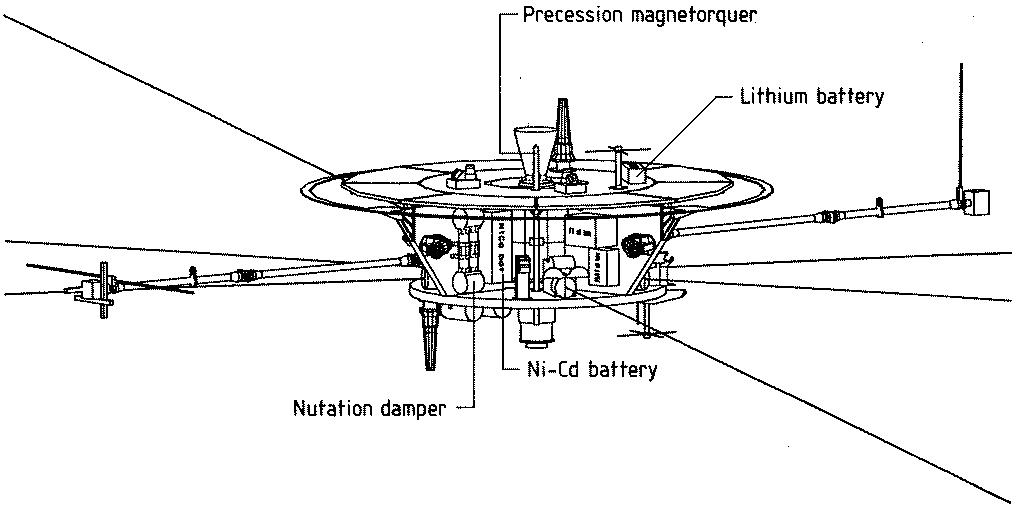|
Theoretical Physics Space physics |
 |
|
Theoretical Physics Space physics |
 |
Statistical study of particles and waves in space
The joint Swedish and German satellite Freja was launched on October 6, 1992, from the Gobi Desert in China. The name of the satellite comes from the Nordic mythology where Freja is a female warrior and the goddess of fertility. For more than four years the satellite made measurements in the Earth's magnetosphere until it finally stopped observing on October 14, 1996. During its active time of more than 17000 revolution around the Earth, Freja collected more than one tera byte (1012 bytes) of data. The satellite was commanded from Esrange in Sweden and the data were received at Esrange near Kiruna in Sweden, and at Prince Albert in Canada.
Freja passed the northern auroral oval at an altitude of approximately 1700 km and at an inclination of about 63°. At high latitudes Freja passed regions where auroras and other interesting phenomena often occur. At altitudes of about a few hundreds of kilometers, the atmosphere consists mainly of positively charged ions and negative electrons. This gas of charged particles is often called a "plamsa" and it can be considered as the "forth state of matter" (as compared to the solid, the liquid, and the gaseous state).
The purpose of the Freja science mission was to investigate the plasma processes in the auroral region. To fulfill its objectives, Freja was equipped with high resolution particle and wave instruments. Also on board there were two UV cameras for photographing the auroral activity from above.
In our research project we use data from a large proportion of the 17000 Freja orbits, and we try to identify typical particle and electric and magnetic field properties in space correlated with the occurence of e.g. auroras, heated ions, and strong electromagnetic waves. Ions heated by electromagnetic waves to temperatures of about one million degrees centigrade gain such high speeds that they can escape from the Earth's gravitaional field (the resulting loss of oxygen ions from Earth is estimated to be up to a few kilograms per second!), and these ions are highly interesting for our studies.
By using a large amount of Freja data, we hope to get statistically relevant results that helps us explain the importance of varios kinds of electromagnetic waves for heating ions leading this substantial outflow of oxygen from the Earth. We also hope to shed light on the relation between elctromagnetic waves, plasma densities, and the generation of auroras. Finally, we expect that our findings will be relevant for understanding similar processes occurring on other planets in our and also other solar systems.

The Freja satellite (from "The Freja scientific satellite", M. André
(Ed.), IRF Scientific Report 214, Kiruna, 1993).
|
|
|
| Theoretical
Physics
Department of Physics Umeå University Last changed on February 7, 2001. Responsible for this page: Maria Hamrin< |
|